-
 bitcoin
bitcoin $122659.385674 USD
0.52% -
 ethereum
ethereum $4484.113342 USD
-0.09% -
 bnb
bnb $1304.229256 USD
-0.85% -
 tether
tether $1.000204 USD
-0.03% -
 xrp
xrp $2.860636 USD
-0.51% -
 solana
solana $227.288799 USD
2.36% -
 usd-coin
usd-coin $0.999805 USD
0.01% -
 dogecoin
dogecoin $0.252837 USD
1.18% -
 tron
tron $0.341149 USD
1.12% -
 cardano
cardano $0.830507 USD
0.33% -
 hyperliquid
hyperliquid $45.792319 USD
0.04% -
 chainlink
chainlink $22.422164 USD
1.55% -
 ethena-usde
ethena-usde $1.000283 USD
0.01% -
 sui
sui $3.511389 USD
0.83% -
 stellar
stellar $0.385276 USD
-0.44%
How to set the short-term MA parameters? Which is more sensitive, the 5-day or the 10-day?
Short-term MAs like the 5-day and 10-day are crucial for crypto traders to identify quick market changes and make informed trading decisions based on price trends.
May 21, 2025 at 02:07 pm
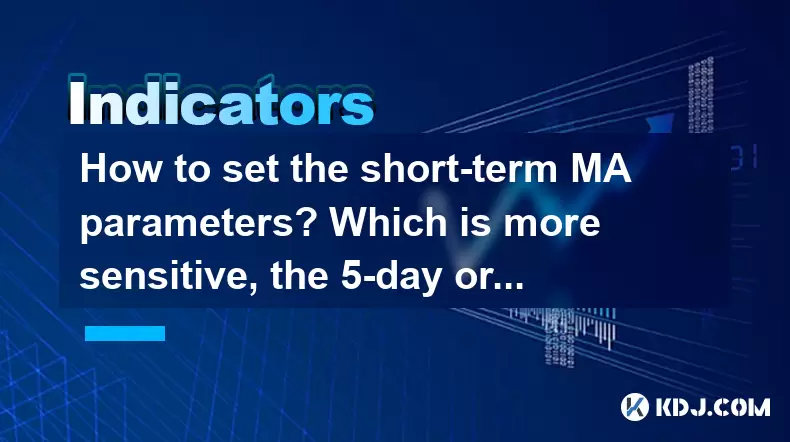
Setting short-term moving average (MA) parameters is crucial for traders in the cryptocurrency market, as it helps in making informed decisions based on price trends. Short-term MAs are typically used to identify quick changes in market direction, and they can be highly effective when set correctly. The choice of parameters, such as the 5-day or 10-day MA, depends on the trader's strategy and the level of sensitivity required.
Understanding Moving Averages
A moving average is a statistical calculation used to analyze data points by creating a series of averages of different subsets of the full data set. In the context of cryptocurrency trading, MAs help smooth out price data to identify the direction of the trend. Short-term MAs are calculated over a smaller number of periods and are more responsive to recent price changes than long-term MAs.
5-Day vs. 10-Day Moving Average
The 5-day MA and 10-day MA are both considered short-term MAs, but they differ in their sensitivity to price changes. The 5-day MA is calculated using the average closing prices of the last five trading days, while the 10-day MA uses the last ten trading days. Due to its shorter period, the 5-day MA is more sensitive and reacts more quickly to price changes than the 10-day MA.
Setting the 5-Day Moving Average
To set the 5-day MA on a trading platform, follow these steps:
- Choose the asset: Select the cryptocurrency you want to analyze.
- Open the chart: Navigate to the charting section of your trading platform.
- Add the MA indicator: Look for the indicators menu and select 'Moving Average'.
- Set the parameters: Input '5' as the period and choose 'Close' as the price type.
- Apply the indicator: The 5-day MA line will appear on your chart, reflecting the average closing prices of the last five trading days.
Setting the 10-Day Moving Average
Setting the 10-day MA follows a similar process:
- Choose the asset: Select the cryptocurrency you want to analyze.
- Open the chart: Navigate to the charting section of your trading platform.
- Add the MA indicator: Look for the indicators menu and select 'Moving Average'.
- Set the parameters: Input '10' as the period and choose 'Close' as the price type.
- Apply the indicator: The 10-day MA line will appear on your chart, reflecting the average closing prices of the last ten trading days.
Sensitivity and Trading Strategy
The sensitivity of an MA is critical in determining how quickly it reacts to price changes. The 5-day MA, being more sensitive, is preferred by traders who want to capitalize on short-term trends and quick market movements. Conversely, the 10-day MA, with its slower response, is often used by traders looking for slightly more stable signals and a bit more confirmation before making trading decisions.
Using MAs for Trading Signals
Traders often use the crossover of short-term MAs with other MAs or price levels to generate trading signals. For instance, a common strategy is to use the crossover of a 5-day MA with a 20-day MA to identify potential entry and exit points. When the 5-day MA crosses above the 20-day MA, it may signal a bullish trend, and when it crosses below, it may indicate a bearish trend.
Practical Application in Cryptocurrency Trading
In the volatile world of cryptocurrencies, the choice between a 5-day and a 10-day MA can significantly impact trading outcomes. For example, if Bitcoin's price experiences a sudden spike, the 5-day MA will react more quickly, potentially providing an earlier entry or exit signal than the 10-day MA. However, this increased sensitivity also means more false signals, which traders need to be aware of.
Adjusting MA Parameters
While the 5-day and 10-day MAs are common choices, traders can adjust these parameters based on their specific needs and market conditions. Experimenting with different periods can help find the optimal balance between sensitivity and reliability. For instance, a trader might test a 7-day MA to see if it offers a better compromise between the 5-day and 10-day MAs.
Combining MAs with Other Indicators
To enhance the effectiveness of short-term MAs, traders often combine them with other technical indicators. For example, using the Relative Strength Index (RSI) alongside a 5-day or 10-day MA can provide additional confirmation of market trends. If the 5-day MA indicates a bullish crossover and the RSI is above 70, it might suggest an overbought condition, prompting a trader to consider taking profits.
Monitoring and Adjusting
Effective use of short-term MAs requires constant monitoring and adjustment. Market conditions can change rapidly, and what worked well in one period might not be as effective in another. Traders should regularly review their MA settings and adjust them as needed to stay aligned with current market dynamics.
FAQs
Q: Can I use both the 5-day and 10-day MAs on the same chart?A: Yes, you can use both the 5-day and 10-day MAs on the same chart to get a clearer picture of short-term trends. The 5-day MA will provide quick signals, while the 10-day MA will offer more confirmation, allowing you to cross-reference the signals for better decision-making.
Q: How often should I adjust my MA parameters?A: The frequency of adjusting MA parameters depends on your trading strategy and the volatility of the market. In highly volatile markets, you might need to adjust more frequently, perhaps weekly or even daily, to stay aligned with current trends.
Q: Are short-term MAs suitable for long-term investing?A: Short-term MAs are primarily designed for short-term trading and may not be suitable for long-term investing. For long-term investing, longer-term MAs, such as the 50-day or 200-day MA, are more appropriate as they provide a broader view of market trends.
Q: Can I use short-term MAs for all cryptocurrencies?A: While short-term MAs can be applied to all cryptocurrencies, their effectiveness may vary depending on the liquidity and volatility of the specific cryptocurrency. For highly volatile and less liquid cryptocurrencies, short-term MAs might generate more false signals, requiring careful interpretation and additional confirmation from other indicators.
Disclaimer:info@kdj.com
The information provided is not trading advice. kdj.com does not assume any responsibility for any investments made based on the information provided in this article. Cryptocurrencies are highly volatile and it is highly recommended that you invest with caution after thorough research!
If you believe that the content used on this website infringes your copyright, please contact us immediately (info@kdj.com) and we will delete it promptly.
- Coin, 2025, Bull Run: What's the Hype?
- 2025-10-10 04:45:14
- Bluey Ballot Bonanza: Real Life Coin Tips from Down Under!
- 2025-10-10 05:05:13
- Toncoin (TON) Price Analysis: Crash or Correction? What's a New Yorker to Do?
- 2025-10-10 04:45:14
- Bluey Ballot Bonanza: Real Life Coin Tips from Down Under!
- 2025-10-10 04:50:01
- HBAR, SHIB, BlockDAG: Crypto's Fast Lane to 2025 and Beyond
- 2025-10-10 05:05:13
- Worldcoin (WLD): Navigating the Accumulation Zone Like a Pro
- 2025-10-10 05:10:00
Related knowledge
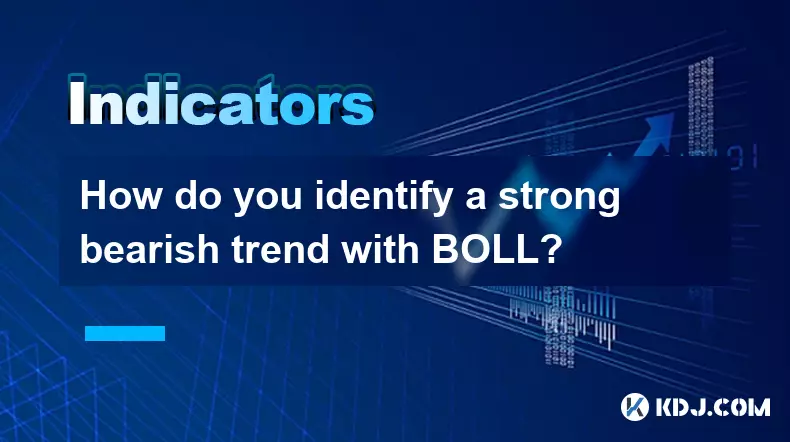
How do you identify a strong bearish trend with BOLL?
Oct 10,2025 at 04:18am
Understanding Bollinger Bands in Bearish Market ConditionsBollinger Bands consist of three lines: the middle band, typically a 20-period simple moving...
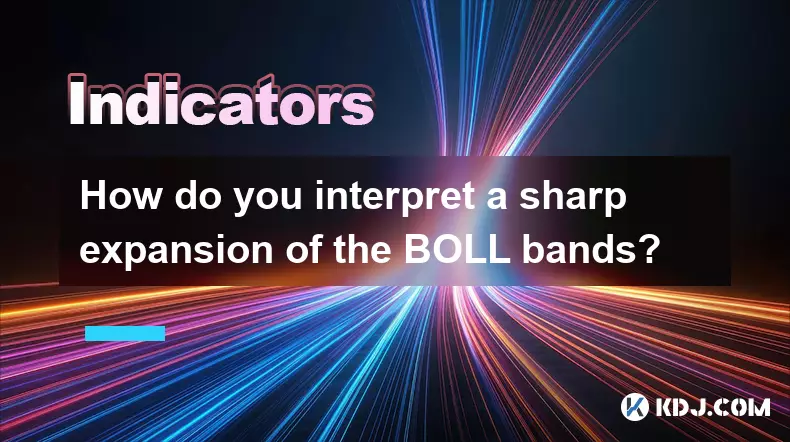
How do you interpret a sharp expansion of the BOLL bands?
Oct 10,2025 at 03:01am
Understanding BOLL Band Expansion in Cryptocurrency Trading1. The Bollinger Bands (BOLL) indicator consists of three lines: the middle band, typically...
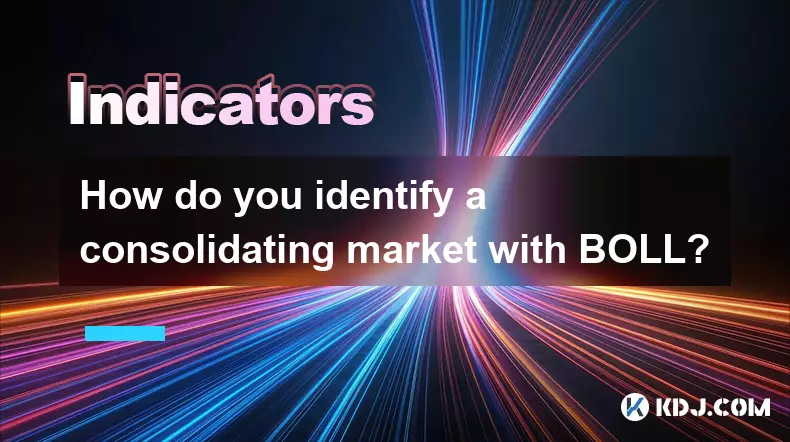
How do you identify a consolidating market with BOLL?
Oct 10,2025 at 03:36am
Understanding Market Consolidation Through Bollinger BandsBollinger Bands are a widely used technical analysis tool in the cryptocurrency market, prov...
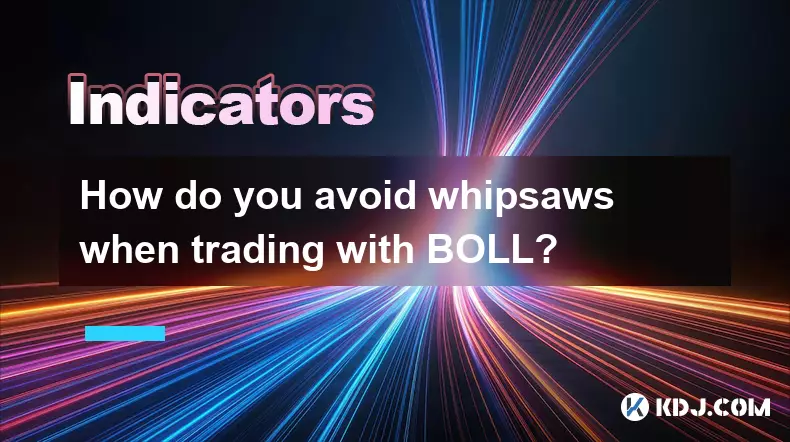
How do you avoid whipsaws when trading with BOLL?
Oct 10,2025 at 03:20am
Understanding Whipsaws in BOLL Trading1. The Bollinger Bands (BOLL) indicator consists of three lines: the middle band, typically a 20-period simple m...
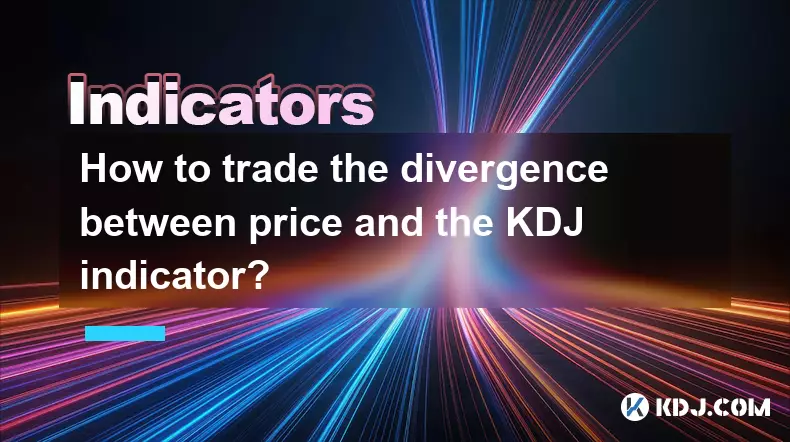
How to trade the divergence between price and the KDJ indicator?
Oct 10,2025 at 01:01am
Understanding Divergence in KDJ and Price Action1. Divergence occurs when the price of a cryptocurrency moves in the opposite direction of the KDJ ind...

What is a tower bottom candlestick pattern? Does it have a high success rate?
Sep 22,2025 at 07:18am
Tower Bottom Candlestick Pattern Explained1. The tower bottom candlestick pattern is a reversal formation that typically appears at the end of a downt...

How do you identify a strong bearish trend with BOLL?
Oct 10,2025 at 04:18am
Understanding Bollinger Bands in Bearish Market ConditionsBollinger Bands consist of three lines: the middle band, typically a 20-period simple moving...

How do you interpret a sharp expansion of the BOLL bands?
Oct 10,2025 at 03:01am
Understanding BOLL Band Expansion in Cryptocurrency Trading1. The Bollinger Bands (BOLL) indicator consists of three lines: the middle band, typically...

How do you identify a consolidating market with BOLL?
Oct 10,2025 at 03:36am
Understanding Market Consolidation Through Bollinger BandsBollinger Bands are a widely used technical analysis tool in the cryptocurrency market, prov...

How do you avoid whipsaws when trading with BOLL?
Oct 10,2025 at 03:20am
Understanding Whipsaws in BOLL Trading1. The Bollinger Bands (BOLL) indicator consists of three lines: the middle band, typically a 20-period simple m...

How to trade the divergence between price and the KDJ indicator?
Oct 10,2025 at 01:01am
Understanding Divergence in KDJ and Price Action1. Divergence occurs when the price of a cryptocurrency moves in the opposite direction of the KDJ ind...

What is a tower bottom candlestick pattern? Does it have a high success rate?
Sep 22,2025 at 07:18am
Tower Bottom Candlestick Pattern Explained1. The tower bottom candlestick pattern is a reversal formation that typically appears at the end of a downt...
See all articles
















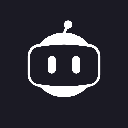









![🚨IS VECHAIN (VET) A DEAD COIN ?? PRICE ANALYSIS [GET READY NOW] 🚨IS VECHAIN (VET) A DEAD COIN ?? PRICE ANALYSIS [GET READY NOW]](/uploads/2025/10/09/cryptocurrencies-news/videos/vechain-vet-dead-coin-price-analysis-ready/68e7b200b067b_image_500_375.webp)















































